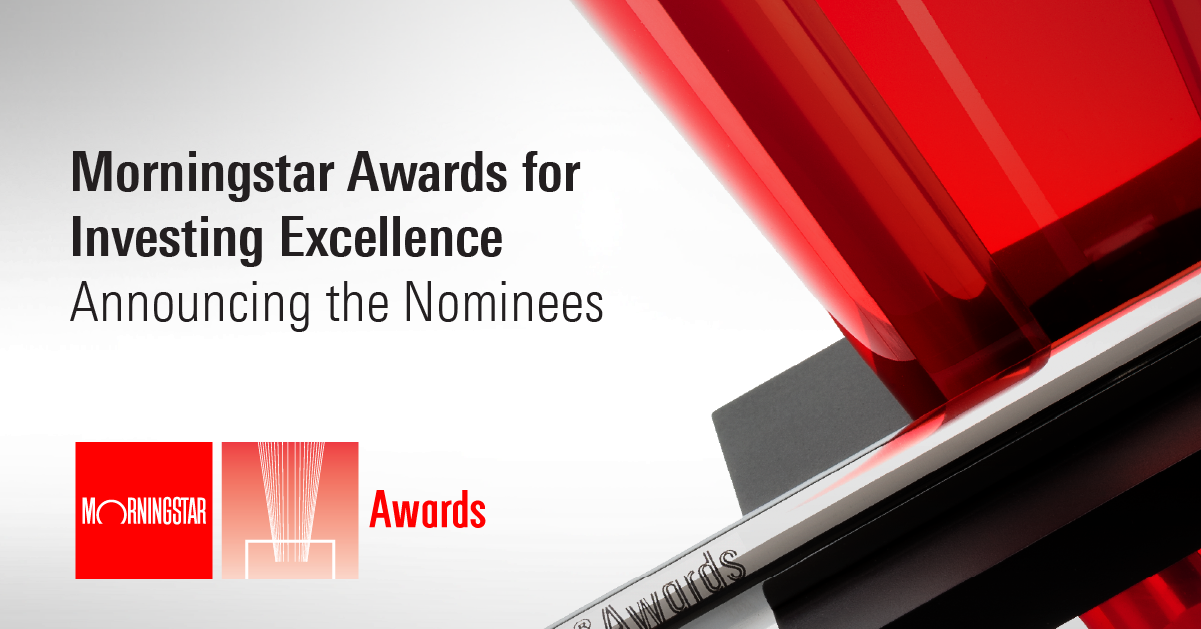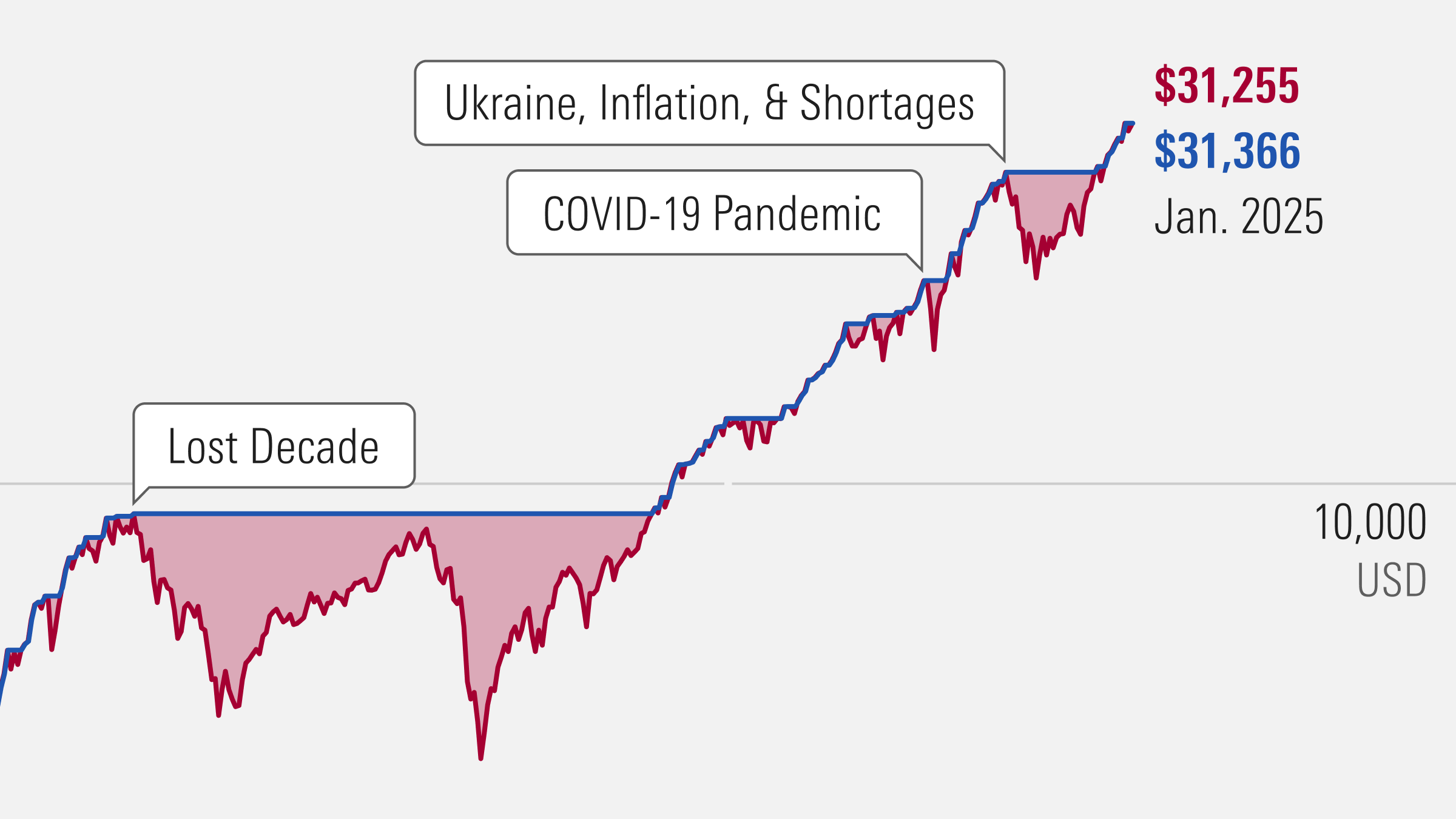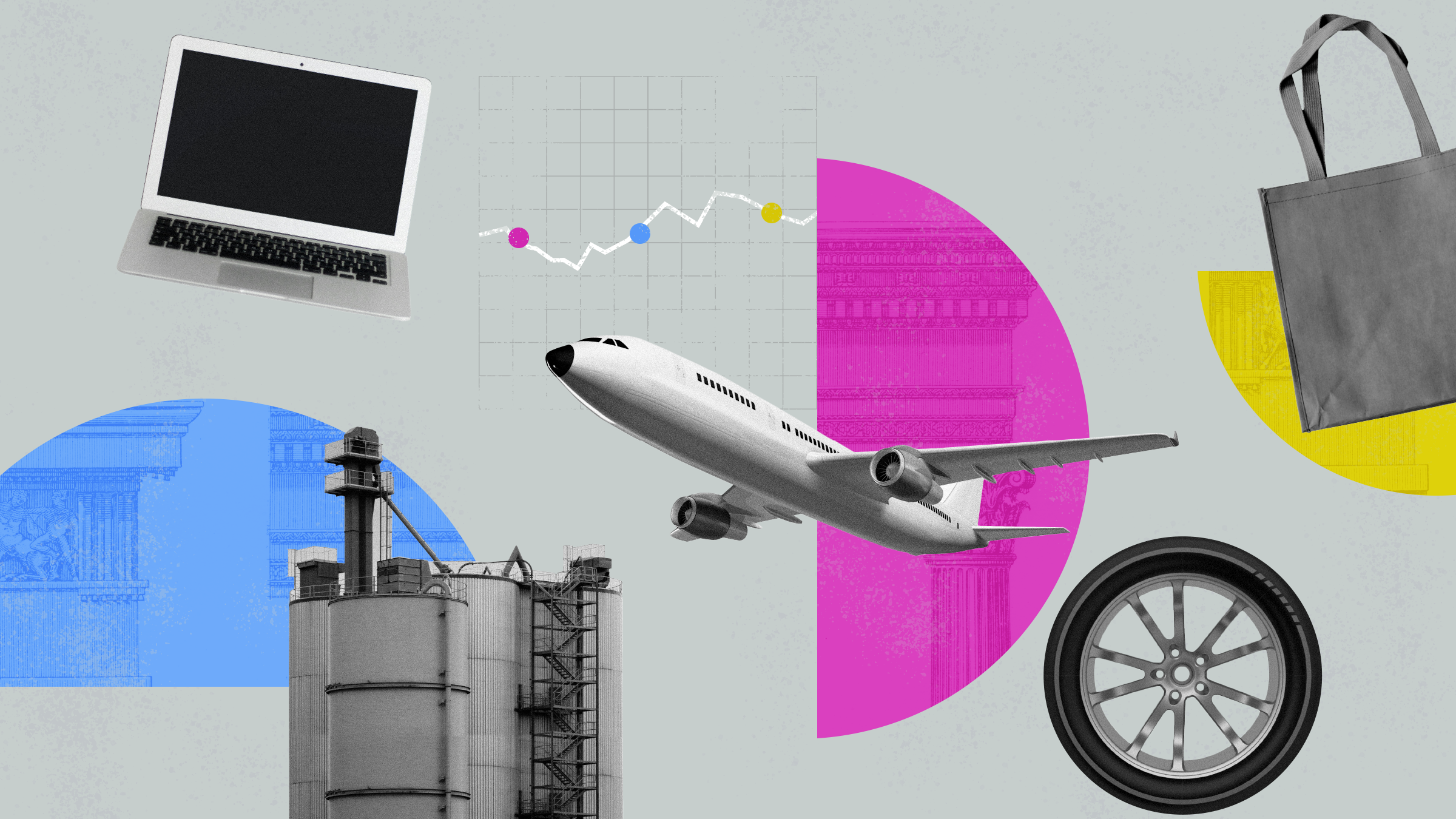Looking for a company which has an advantage over its competitors? The Morningstar Economic Moat Rating represents a company’s sustainable competitive advantage. A company with an Economic Moat can fend off competition and earn high returns on capital for many years to come. These can be translated into share price appreciation or dividends for shareholders.
A company whose competitive advantages we expect to last more than 20 years is deemed to have a Wide Moat. There are eight companies in the UK which Morningstar equity analyst currently deem to have a Wide Moat Rating. Analysts are uncertain about the value of one of these stocks – London Stock Exchange (LSE), and think the moat trend of another – AstraZeneca (AZN) – is negative – but five of others are listed below.
British American Tobacco (BATS)
There are two sources to BAT’s wide economic moat: intangible assets and a cost advantage. Both occur in the tobacco business and have not, yet, transferred to the company’s platform of next generation products.
Tobacco brands' intellectual property has created loyalty among tobacco users toward the brands they enjoy. Despite the advertising ban on tobacco products in many developed markets, brand identity through product differentiation and trademarks allows manufacturers to charge premium prices for their products, and cigarette brand loyalty is higher in premium segments.
Imperial Brands (IMB)
Strong intangible assets at the premium end of its portfolio are at the core of Imperial Brands' wide economic moat. In addition, the company's broad platform of nicotine and tobacco products, which is being extended to include next generation products, particularly in vaping, gives the firm economies of scope and scale that make it difficult for new entrants to overcome.
Finally, the addictive nature of tobacco products makes demand fairly price-inelastic, and with few substitute products outside the portfolios of the Big Tobacco firms, a favourable industry structure exists for the largest players in which pricing, for the most part, is rational.
Reckitt Benckiser (RB.)
The strongest competitive advantage in consumer staples manufacturing is supply-chain entrenchment. This is a virtuous cycle, beginning with scale, that gives the manufacturer a symbiotic relationship with the retailers.
Unilever (ULVR)
Unilever has a wide economic moat derived from two sources: its entrenchment in the supply chain of retailers – an intangible asset – and a cost advantage. The firm’s broad portfolio of products across multiple categories and supermarket aisles creates a virtuous cycle of competitive advantages, comprising intangible assets, switching costs, and cost advantages, that new entrants simply could not replicate.
Diageo (DGE)
Strong intangible assets and a cost advantage are at the heart of Diageo's wide economic moat. While Morningstar analysts believe the firm's total alcohol product portfolio is far from complete, it contains 14 of the top 100 global premium distilled spirits brands and seven of the top 20. Its presence with number-one or number-two brands in most of the major spirits categories would be difficult for a new entrant to replicate.































